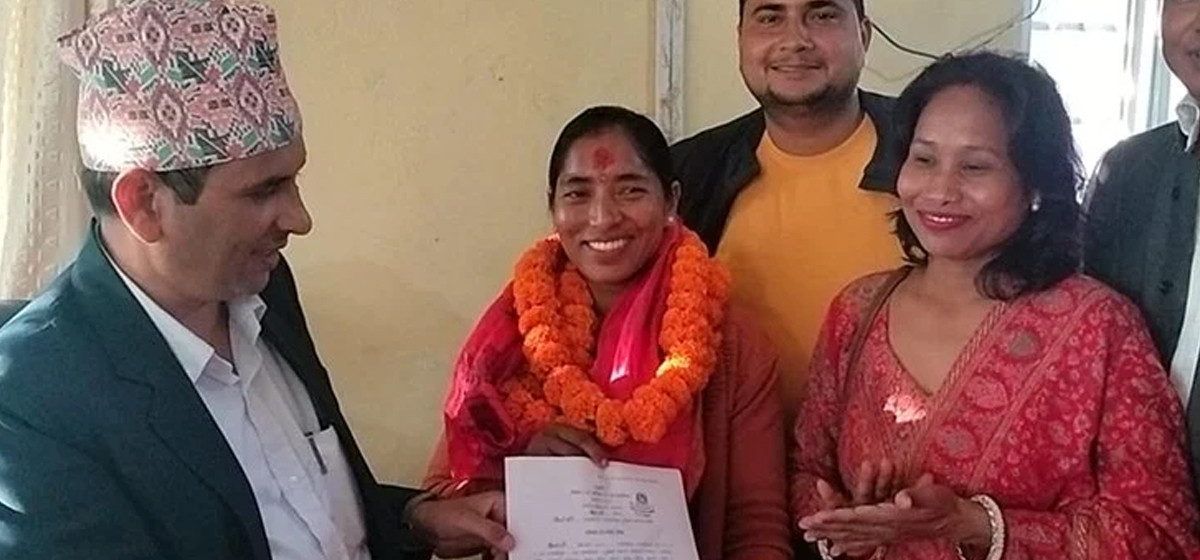The major challenge now before the CA is to reconcile the different proposals and fashion a model that the country will find agreeable. Federalizing our unitary state -- number of federal provinces, their names, rights and responsibilities and their governance structure and modalities-- is a most contentious and also most challenging task. In principal, the right way to begin would be to ask: What is the best model for Nepal? But let´s never forget that democracy is not just about what is ideal; it’s also about what is feasible. That´s why we need to put the emphasis on process – let us carefully design a process that is inclusive and participatory, that focuses on dialogue as much as on the decision that is ultimately reached. A conclusion on the number of provinces that such a process eventually yields will work well for Nepal.
We have only two suggestions to make here. First, when the number of provinces is decided let´s not forget to factor in the economic angle. Economic viability is important for the survival and "autonomy" of the provinces, and an equally important consideration is the administrative cost of a federation. We cannot exhaust the state coffers just running the government at the central and federal levels.
The second is, naming the provinces. Most of the province names proposed by the UML and the Maoists are based on ethnicity, which is a political mistake. Didn´t we remove "Hindu" from the constitution and secularize the state because we rightly believe that a state cannot have a particular religion? By the same argument, is it not true that the federal provinces should not be designated by ethnicity? Pandering to populism through ethnicity-based names may help in the short run but could be a recipe for disaster in the long run. Let us ponder this seriously.
Federalizing Education and Mitigating Political Influence in Ne...





































